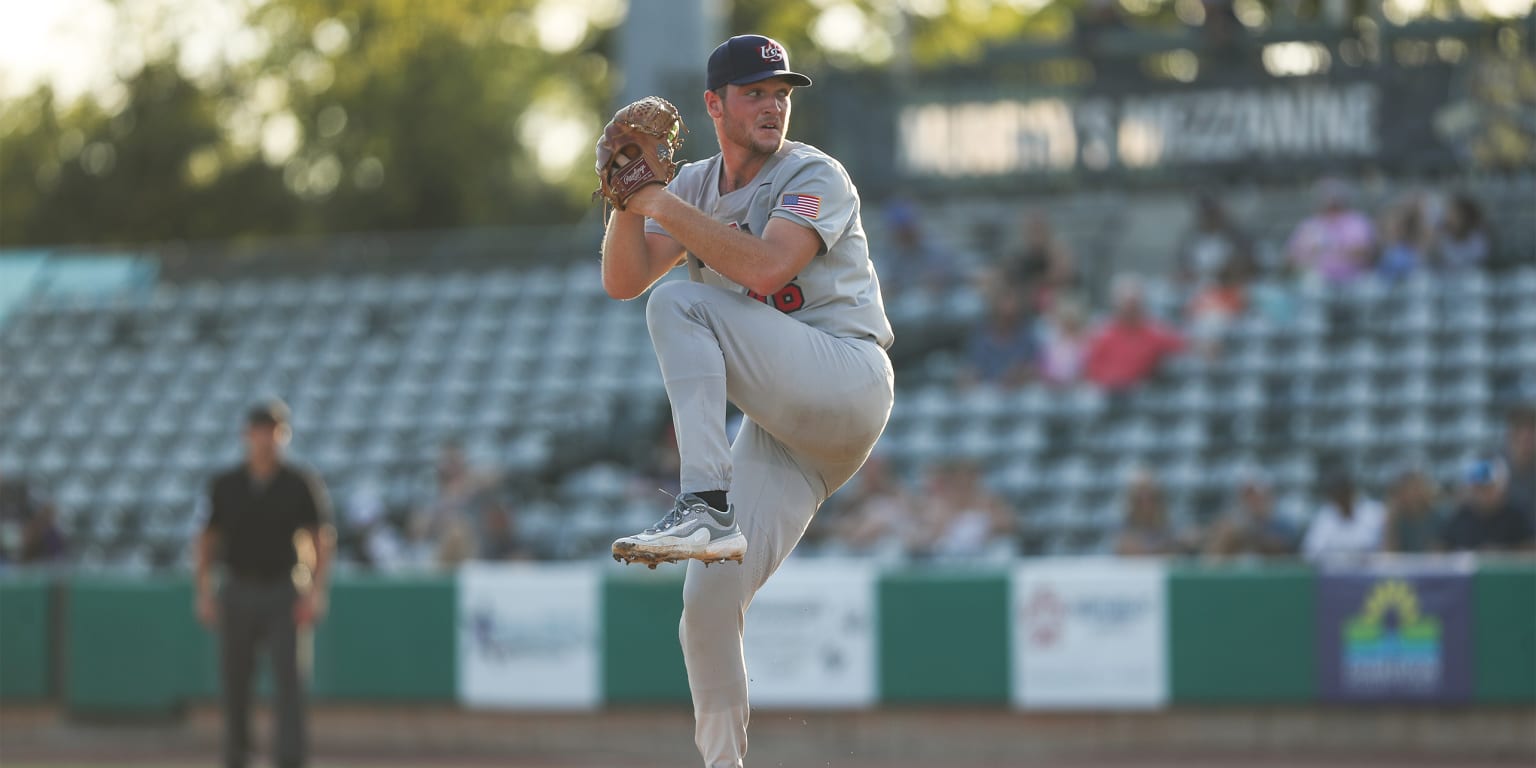For most of my life, basketball was my game, not tennis. I preferred scrappy competition in an atmosphere of honest sweat, not in starchy white shorts and the aura of country-club cologne.
Tennis
Perspective | Bill Gates is right. ‘The Inner Game of Tennis’ has value beyond the court.

Undaunted, my wife and I bought $10 rackets with plastic strings and leatherette hand grips and began batting balls back and forth. My neighbor offered no instruction, not even the commonplace mantra: “Keep your eye on the ball! Bend your knees!” He did, however, give me a book, not a conventional how-to manual, more a Zen compendium of suggestions for accessing the tennis talent that resided within me. “The Inner Game of Tennis,” by W. Timothy Gallwey, published in 1974, sparkled with concepts that seemed to be as old as Emerson — as in Ralph Waldo, not Roy. “Do the thing and you shall have the power” was its underlying premise.
My friend’s court, lodged like a jewel in a copse of oleanders and cypress trees in the south of France, was a perfect spot for beginners. Its gritty surface guaranteed a slow bounce that made every shot playable if you were ready to run. Loping around in my old Converse All Stars, I immediately loved the geometry and pace of tennis, and understood why so many writers were devoted to the sport. As I was 30, it was much too late for me to master picture-perfect groundstrokes.
But “The Inner Game of Tennis” convinced me that didn’t matter as long as I got every ball back across the net. In tennis parlance, I became a “pusher,” a craven retriever, a devotee of drop shots and lobs. Too ignorant to apologize, I was soon the nightmare of more experienced players, the kind of guy who wins with pure, or impure, intuition. My neighbor never complained, but one defeated opponent shook my hand at the net, snarling, “You make a beautiful game very ugly.” Later a teaching pro took one glance at my strokes and suggested, “Take two weeks off, then quit the sport.”
Still, the message of “The Inner Game” gave me faith. It convinced me that I only needed to get out of my own way and allow my autodidactic game free rein. For the next 50 years, Gallwey — a tennis star at Harvard and a coach who went on to write several other books about developing one’s “inner game” in sports and beyond — freed me to ignore the strictures of classic instruction and simply play singles three times a week. This isn’t to claim that I ever achieved more than a 4.0 USTA rating. I was what the English called a “useful” club player. At my best, I could occasionally beat — or at least take a set from — a former Division 1 college player. To celebrate my 65th birthday, I humbled a local teaching pro 6-1, 7-6 — all because he lost his patience and refused to respect my improvisations.
It delights me now to read the 50th anniversary edition of “The Inner Game of Tennis” and reacquaint myself with the brain-teasing koans with which Gallwey, now 86, shaped my unshapely game. Opening the book at any page, I rediscovered insights worth pondering.
♦ “The secret to winning any game lies in not trying too hard.”
♦ “All these skills are subsidiary to the master skill, without which nothing of value is ever achieved; the art of relaxed concentration.”
♦ “When we unlearn how to be judgmental, it’s possible to achieve spontaneous, focused play.”
♦ “Exercise no control; correct for no imagined bad habits. Simply trust your body to … toss the ball up, focus your attention on its seams, then let the serve serve itself.”
♦ “Once you learn how to learn you have only to discover what is worth learning.”
These words transport me back in time to that beautiful place in the south of France where, without fully realizing it, I was changing my life. Learning tennis was only part of it. Playing the game forged a deep friendship with my neighbor. It also persuaded me to alternate the writing of fiction with nonfiction books about the gritty reality of life on the pro tennis tour. Even at the highest level, where stark power rules, the inner game plays a role. As Vitas Gerulaitis told me, tennis is a game you have to be smart enough to play, but dumb enough to think it matters.
In a foreword to a new anniversary edition, football coach Pete Carroll writes, “Developing this skill of supreme trust and focus has always been the aim of the inner game and the aim of my coaching.” Bill Gates adds in an introduction that Gallwey has influenced his work ethic. “Even though I stopped playing tennis in my 20s so I could focus on Microsoft,” the billionaire writes, “Gallwey’s insights subtly affected how I showed up at work. … For example, although I’m a big believer in being critical of myself and objective about my own performance, I try to do it the Gallwey way: in a constructive fashion that improves my performance.”
By comparison, the impact of “The Inner Game of Tennis” on me may seem minor. But please indulge the happiness of a hacker who has for half a century owed W. Timothy Gallwey a debt of gratitude.
Michael Mewshaw is the author of 23 books, four of them about professional tennis. His most recent book is “My Man I Antibes: Getting to Know Graham Greene.”
The Inner Game of Tennis (50th Anniversary Edition)
The Classic Guide to Peak Performance
by W. Timothy Gallwey. With an Introduction by Bill Gates and a Foreword by Pete Carroll
Random House. 192 pp. $28


)






